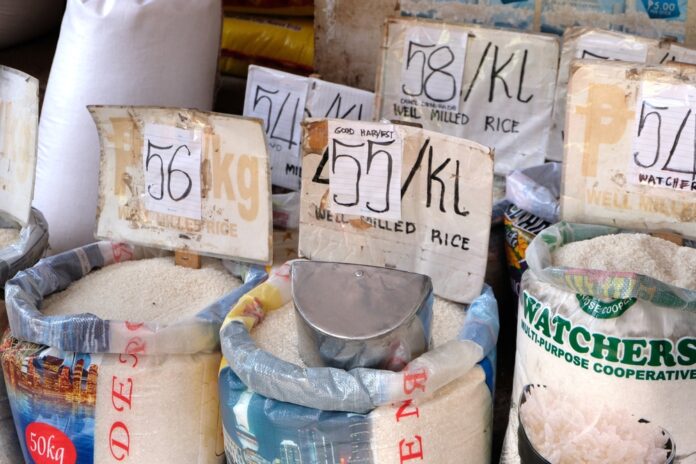The recent government move to set a P58 per kg maximum suggested retail price (MSRP) for imported rice, effective 20 January, has been met with cautious optimism by local stakeholders. While the initiative is seen as a positive step toward reducing the cost of the country’s staple food, critics argue that deeper structural changes are needed to make the price reduction more meaningful and sustainable.
Leonardo Montemayor, chairman of the Federation of Free Farmers (FFF), expressed concern that the government’s focus on small retailers may be misguided. He suggested that tackling the issues at the importer-wholesaler level would be more effective. “Instead of focusing on the retailer end, the government should target the fewer but larger players at the importation level,” Montemayor said, referring to a group of about 20 dominant importers who he claims have been benefiting from P13.5 billion in tariff savings since the implementation of Executive Order No. 62 last June.
Montemayor contends that these savings, meant to be passed on to consumers through lower prices, have instead been absorbed as windfall profits by the wholesalers, while the promised price relief has largely failed to materialize. He further argued that addressing these large importers could prove more effective than trying to regulate thousands of small retailers.
Meanwhile, the Samahang Industriya ng Agrikultura (SINAG) has voiced its own concerns, calling for a lower MSRP of P42 to P45 per kg, based on findings from recent Congressional hearings. SINAG executive director Jayson Cainglet criticized the assumption that tariff reduction alone would lead to cheaper rice for consumers, arguing that importers have not passed on the savings. “The price of rice at the retail level should reflect a landed cost of about P35 to P38 per kg, not the higher levels we see now,” he said.
The Department of Agriculture (DA), which announced the P58 MSRP after consultations with industry stakeholders, says the price will be reviewed monthly, adjusting for global price trends. “If global prices remain stable or decrease, the MSRP could go lower,” said DA Secretary Francisco Tiu Laurel Jr.
In addition to the MSRP, the government is enhancing its subsidy programs. The DA will continue selling rice through its Kadiwa rolling stores at subsidized prices for vulnerable sectors. These include options such as 5 percent broken rice at P45 per kg, and Sulit Rice (100 percent broken) at P36 per kg, while stocks from the National Food Authority (NFA) will be offered at P38 per kg to local government units in Metro Manila.
Despite these efforts, rice prices remain stubbornly high in the market. DA’s latest monitoring showed that retail prices for well-milled rice are still between P40 to P54 per kg, with imported varieties at the higher end of the scale. For now, the P58 MSRP stands as the government’s immediate solution, but its effectiveness may depend on how well it can address the larger issues within the rice supply chain.







